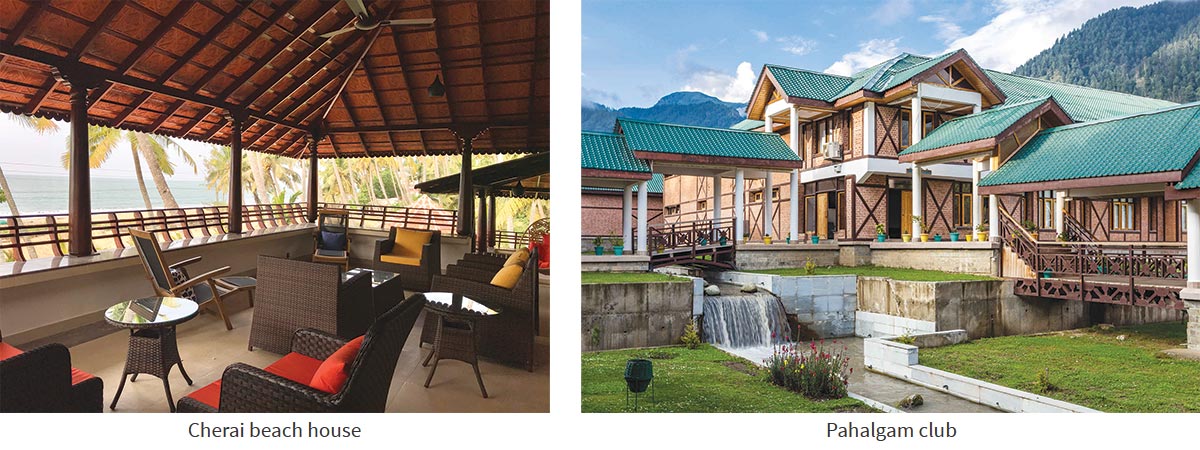
Juhani Pallasmaa, in the book 'The Eyes of the Skin' says: "The inhumanity of Contemporary Architecture and cities can be understood as the consequence of negligence of the body and the senses, and an imbalance in our sensory system." Hence, the role of architecture goes way beyond just building design and expands into the psychological and social response and development of human beings.
Architecture must be sensitized for human comfort and development such that it exhibits a rootedness to the architectural, social, ecological and cultural context of the place
Most of the architecture created in the present day focuses only on visual aspects, which has led to the creation of interesting and futuristic structures. However, when all the other senses are suppressed in the process of design with dominance given to just sight, the result tends to endure a sense of isolation and exteriority. Architecture of the future, thus, must be sensitized for human comfort and development, such that it exhibits a rootedness to the architectural, social, ecological and cultural context of the place, hence, making the future cities better places to live in.

The existing trend of mushrooming of modern buildings with no interrelation to the architectural and cultural character can be mitigated with altering and varying the existing design process. The designs of the future buildings should focus on creating a balance between the advanced technology and materials and the environmental concerns.
Contemporary architecture should imbibe green building techniques that are closely knitted with the concept of environment protection. Future architecture should encourage the use of materials, spatial configuration and green design techniques that help in the creation of efficient and sustainable buildings respecting the current demand of environment protection while being conscious of all the human senses and the existing context.
The idea is to encourage a fusion of technological advancement, environmental aspects, cultural context and sensory experience in a contemporary manner that can be used to create balance and harmony in the image of the future cities.















